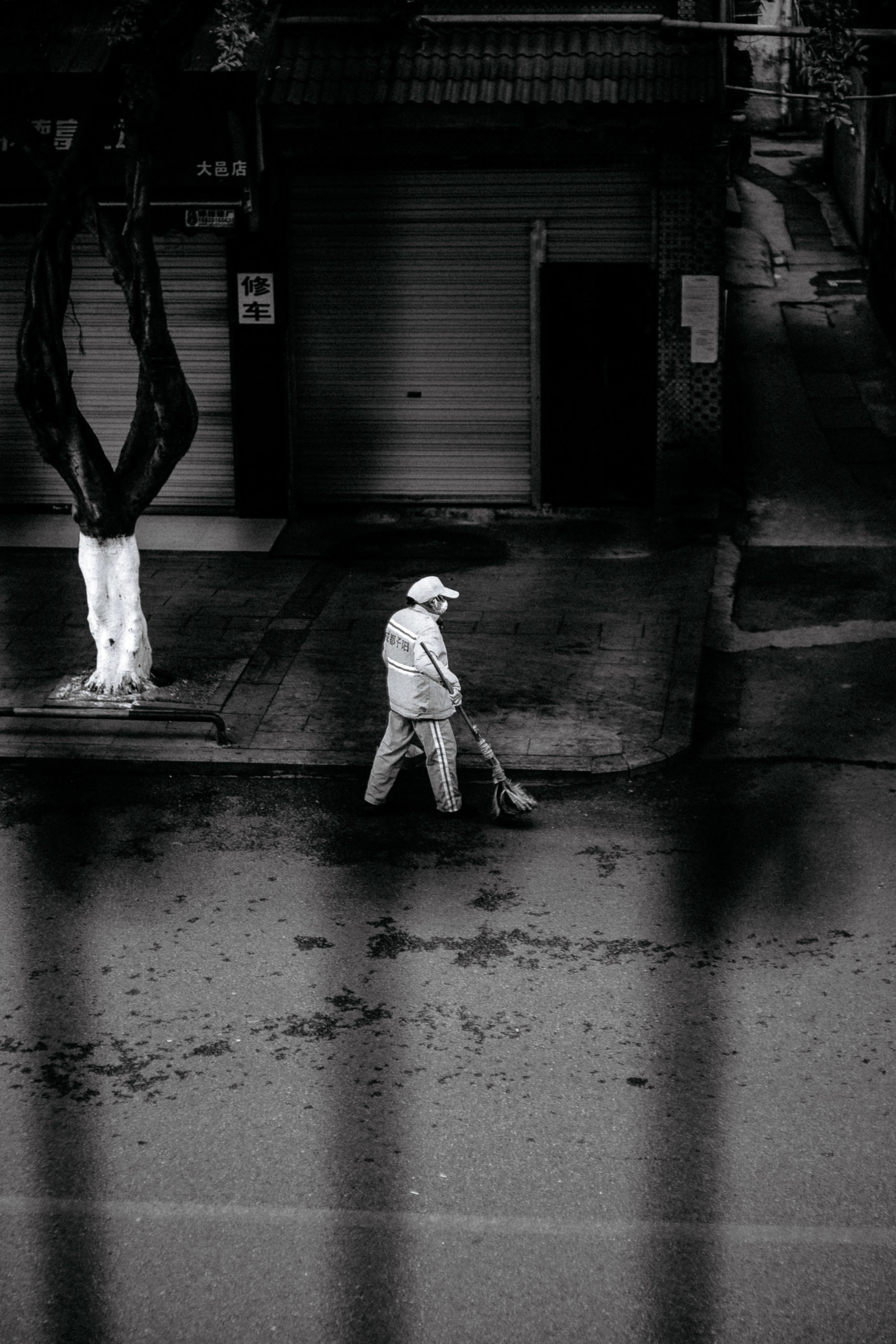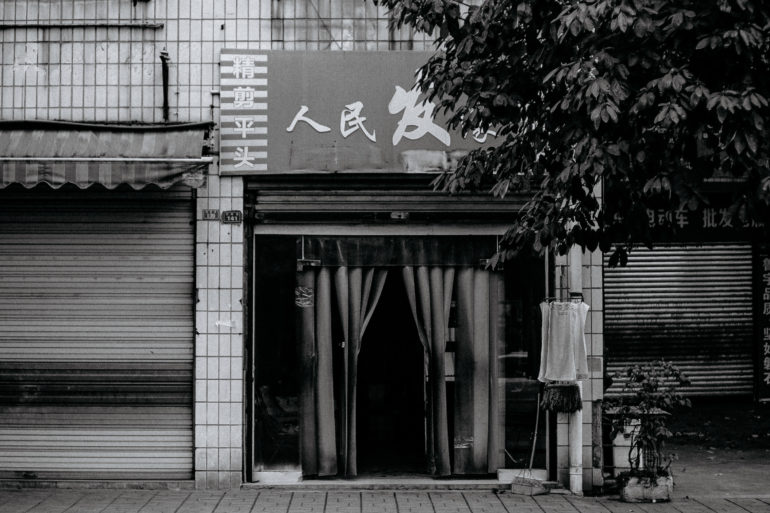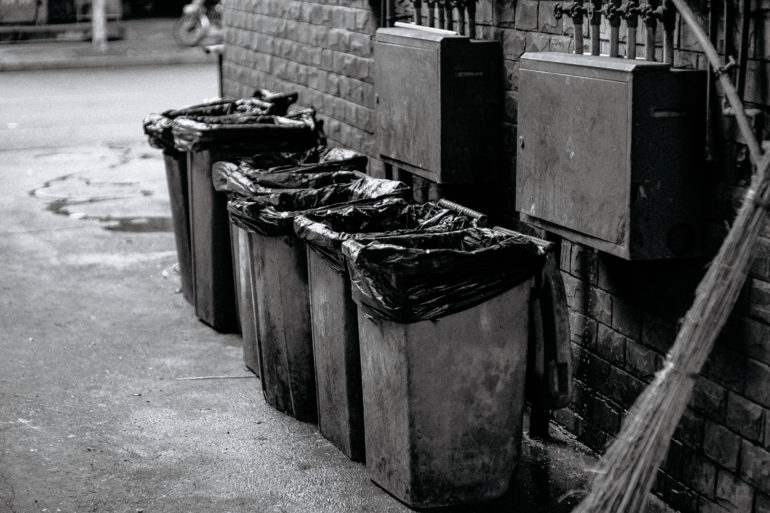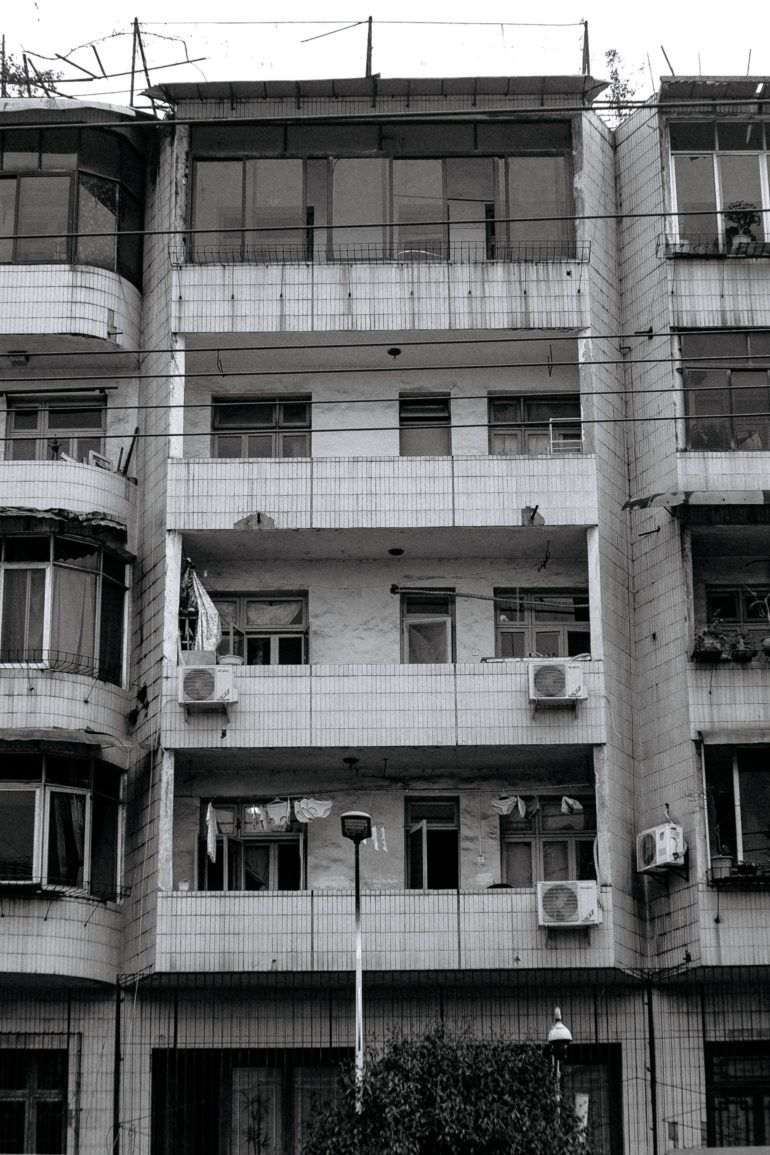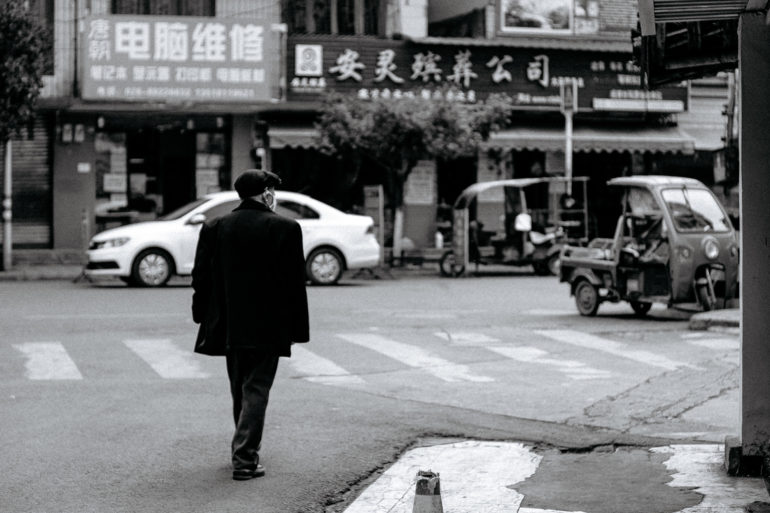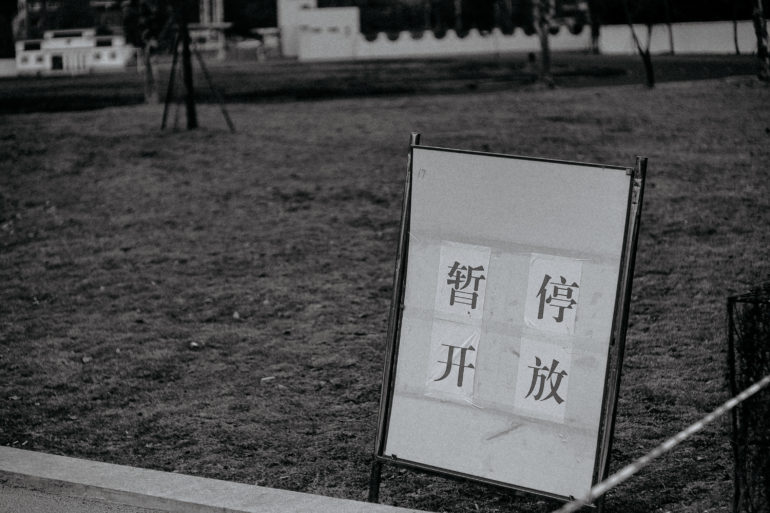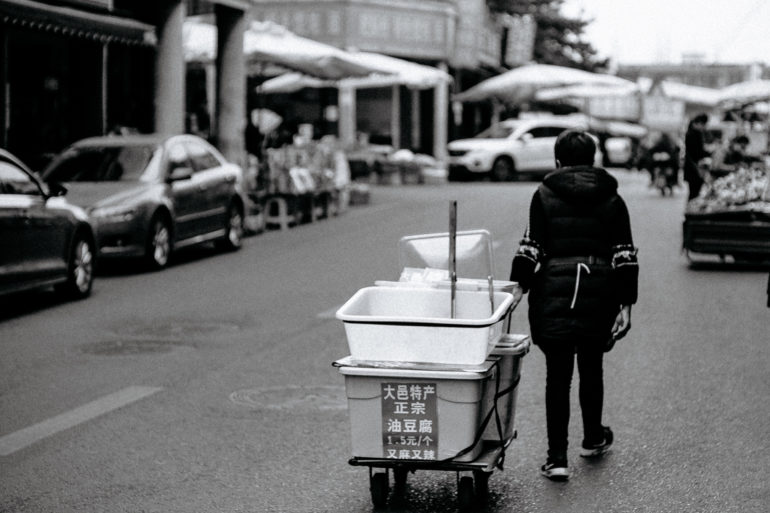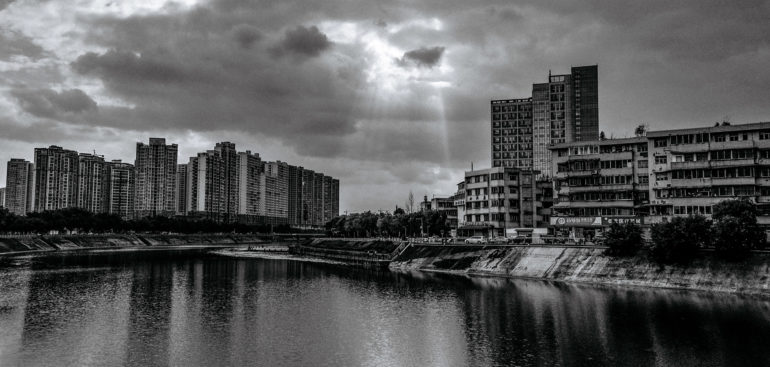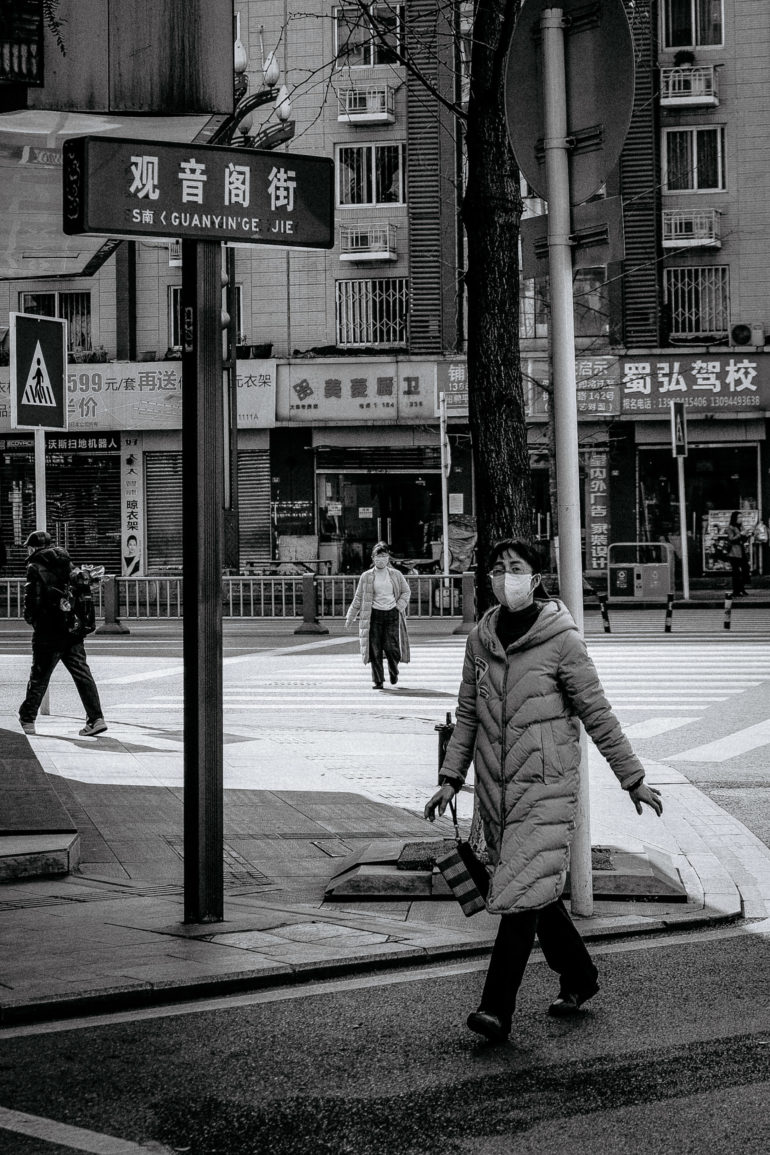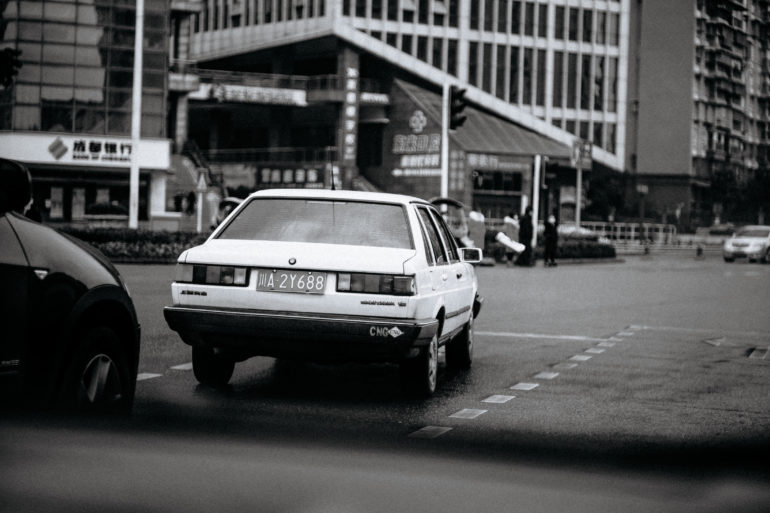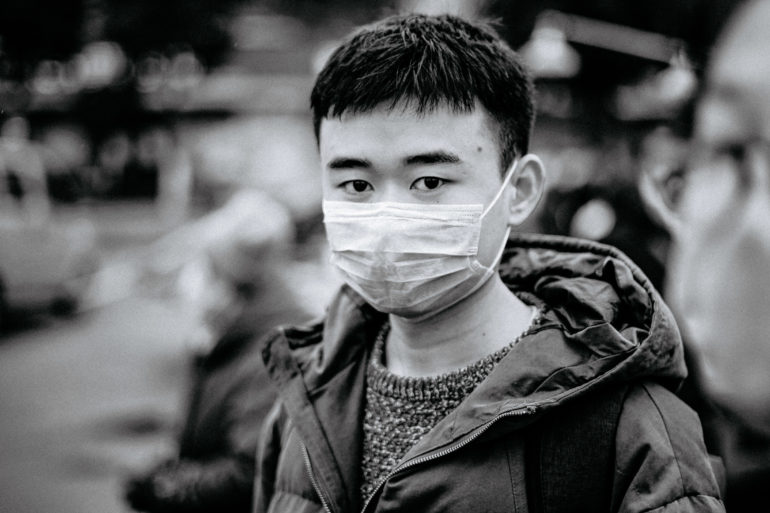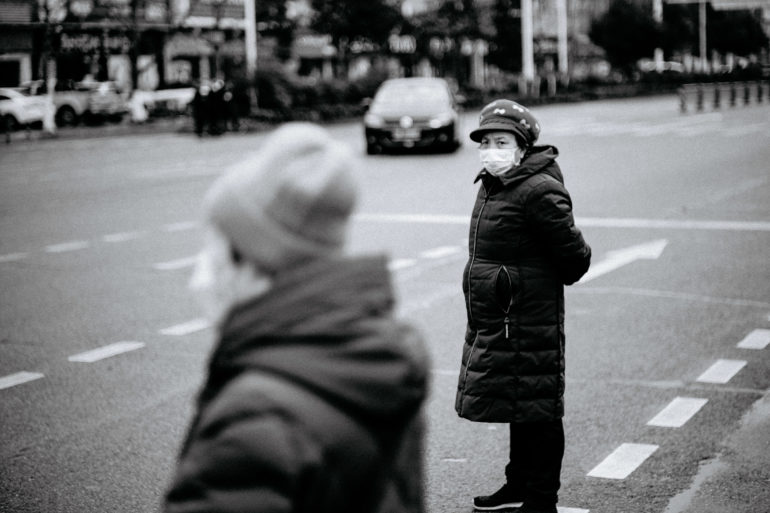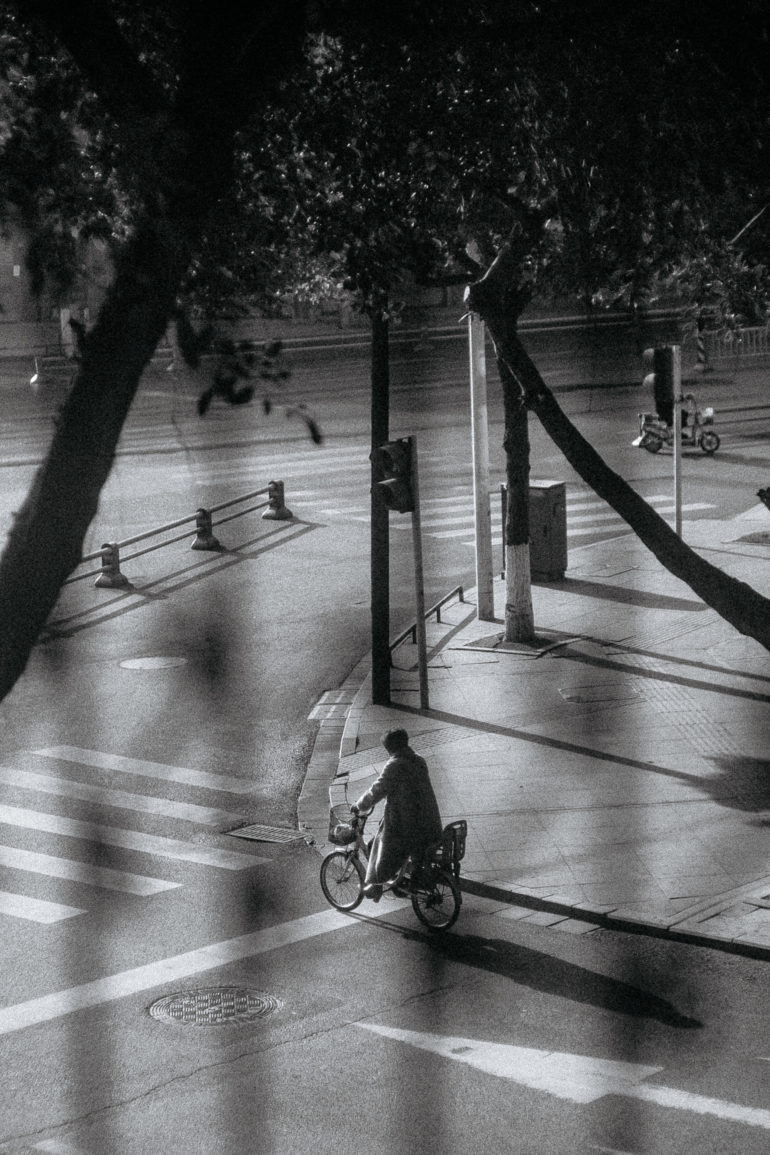All images by Ja Wang. Used with permission.
“I think it’s a way of healing the city,” explains Ja Wang about his street photography. Specifically, Ja Wang did what many of us have recently done: documented their local city during the COVID-19 scare. We’re all stuck inside right now and this is all very surreal. But as Ja states, this is a pretty important time in history. Though China has shown signs of recovery from the virus, this series shows a part of China we’re not used to seeing here in the West.
Phoblographer: Talk to us about how you first got into photography?
Ja: When I was a child, my Catholic church taught me how to take pictures with a film camera, and I became very interested in it. I use my phone to shoot when I don’t have a camera. Fortunately, when I was 18 years old, which was the beginning of the era of digital cameras, I got my first camera, Pentax, and started my photography career.
Phoblographer: What made you want to get into street and documentary?
Ja: I have always believed that street photography is the most can reflect a region’s folk. It’s a custom characteristic way of photography, because when you are posed, unconsciously can speak their own subjective thoughts to go in, but street photography is different, it embodies the people the most natural state and way of life, this is what I think.
Phoblographer: So the process of photographing your town, was it therapeutic in some way? What made you want to do that? I recently just walked through my neighborhood which is also empty and found it so surreal. What was it like for you?
Ja: I will record the event, and not want to say how bad things are. That’s my original intention, I want the photos to show people the optimistic attitude to life, and their determination to fight disease. I hope in a few years that people have seen these photos, can remember we used to fight the disease, and draw lessons, take notice. I think it’s a way of healing the city.
Phoblographer: Because there are fewer people out and about, there is a natural human instinct to want to talk to people and make friends. Are you encountering or feeling that? Or are people very wary of others? Does the camera help you to break the ice in a conversation?
Ja: It’s not that bad in my town, and if you take the initiative, people will be happy to talk to you, as long as everyone wears a mask. When I picked up the camera, people were willing to cooperate with me, and I am very grateful to them for that.
Phoblographer: Talk to us about the gear you used. How do you feel it helped you capture the feelings in the scenes you’re presenting?
Ja: The camera I use is FUJIFILM XT3, with a medium and long prime lens. This combination can help me capture many interesting objects and people, and can bring a good background blur, which can make what I want to express more prominently. This is a very suitable combination for me.
Phoblographer: Why choose to go black and white in this series? Did you feel the colors were unimportant?
Ja: In some series, I choose black and white photography. First, these series are more serious subjects. In some cases, color is not necessarily the best choice, black and white photography has its unique charm.
Phoblographer: You present scenes that are very modern and those that appear more worn down. As you go around photographing, do you find that there is a lot of clear differences?
Ja: There is a new side and a shabby side to the city. They are different, but each has its own characteristics.
Phoblographer: As you returned home to edit the images, what made you choose these specific ones? Is there anything we’re not seeing that’s still very important to the story?
Ja: I chose these photos because I wanted to show people who are trying to live their lives and not be willing to give in. And I think they’ve succeeded in doing that. If there’s anything that hasn’t been expressed, I think it’s the mass movement of people after the disaster.
Phoblographer: Has the grim reality that this may be the last time that you see some of those people set in yet? I don’t think anyone would want to face that!
Ja: I don’t think this will be the last time I see them. I’m sure everyone will be all right.
Phoblographer: Do you plan on continuing the series at all? What do you plan to do with it? Maybe a book with a fuller series of images?
Ja: I think I will continue to make this series. It is very important to me and I will save it on my personal computer and on my personal website for everyone to visit. But I have no plan to publish a book for the time being. Thanks for your advice!


